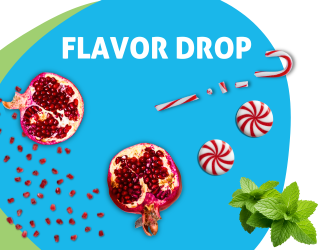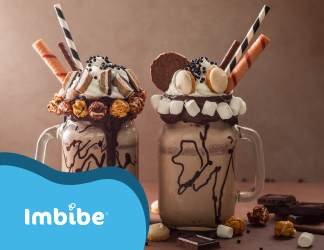 Drinking a beverage is a multi-sensory experience, starting with sight. Consumers associate the color of a beverage primarily with taste profile, but depending on color intensity it can also flag a product as being artificial.
Drinking a beverage is a multi-sensory experience, starting with sight. Consumers associate the color of a beverage primarily with taste profile, but depending on color intensity it can also flag a product as being artificial.
Artificial colors are a weighty concern for some consumers, so beverage makers need to decide early on what kind of colorants they want to incorporate into their beverage. This is especially true for formulating clean label beverages.
Here is an overview of what to consider when choosing between natural or artificial colors:
Most beverages are colored artificially with natural or synthetic colors to maintain the color intensity consumers have come to expect. That is, consumers are trained from an early age to believe that color represents the flavor profile, authenticity of ingredients, freshness and overall quality of a beverage. For that reason, it’s important to consider appearance and source of colorants to achieve the ideal experience for your target consumer.
If you have additional questions about color, or want to develop a beverage with color, email us at thedrinktank@imbibeinc.com to talk to our beverage experts.



